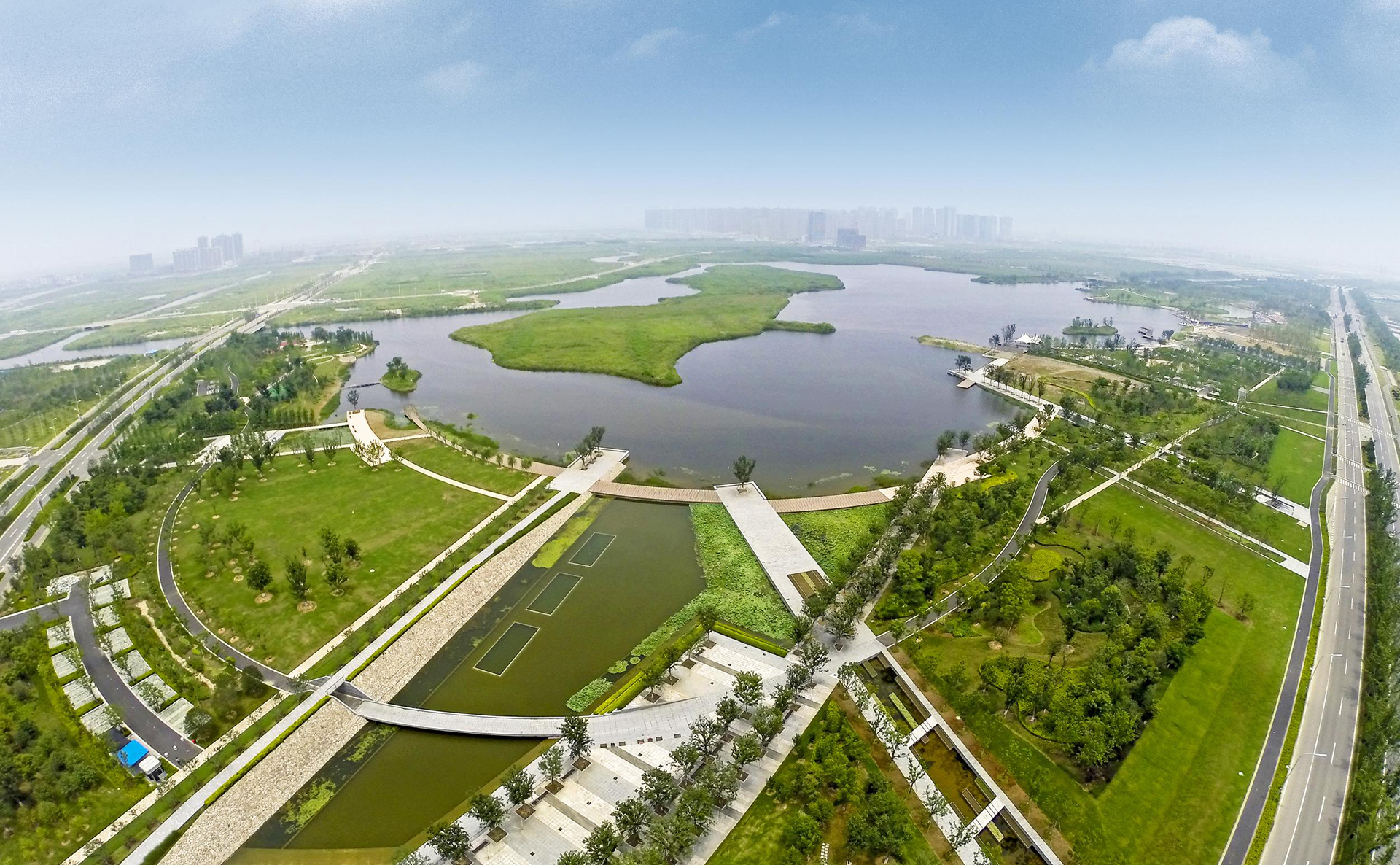
1. Question: In CAST process, the sludge dewatered mixture is directly discharged into the intake pump house, which leads to high COD and SS in the intake water, and affects the denitrification reaction in the selection tank (because some C source has been degraded in the former detonation sedimentation tank). How should we solve this problem?
Answer: This is a problem that is generally neglected in sewage treatment plants at present, that is, the influence of sludge dewatered filtrate returning to biochemical pond on biochemical treatment. As conditioning agents such as PAC and PAM are added before sludge dewatering, some of them are toxic to some extent. When sludge is dewatered, they can be returned to biochemical reaction tank with filtrate. The treatment of these filtrates is technically not a problem, but a cost problem. If appropriate sludge conditioning agents are selected, and the dosage and the amount of sludge in the dewaterer are well controlled, the biochemical treatment ahead will not be greatly affected. It is also emphasized that the effect of sludge dewatering depends on the whole process management of sludge treatment process, including the management of sludge concentration tank.
2. Question: How is sludge age determined? How to control? Is it determined by sludge discharge or by other methods?
Answer: Sludge age, F/M, etc. are not so much control parameters of operation as design parameters, but only reference parameters in process control. In actual operation, sludge discharge is usually controlled by MLSS value plus experience. In the case of relatively stable SVI, SV30 can also be used as a reference.
3. Question: Our factory uses the Carousel oxidation ditch process. Sometimes the ammonia nitrogen in the effluent of the plant is higher than that of the intake. The intake water is about TP2.5mg/L, and the effluent water is only about 0.2. Three aerators operate at full load. I can't find out why. What's the matter?
Answer: According to the preliminary analysis provided by you, it may be that there are more nitrogen-containing organic substances in sewage, the reaction time is insufficient, and the ammoniation rate of organic nitrogen is higher than the nitrification rate of ammonia nitrogen. In addition, the lack of phosphorus may affect the effect of ammonia nitrogen removal through assimilation.
4. Question: During operation, there is a thick sludge accumulation on the surface of the oxidation ditch. The sludge granules with a diameter of about 1 mm are yellowish, which often results in a large amount of drifting sludge in the secondary clarifier, sludge whitening, flocs flowing out with the effluent. SV30 drops rapidly, the treatment effect is lost, and the accumulated sludge is thinned and eliminated. From beginning to end, I would like to know its causes and control measures.
Answer: It shows that the sludge has lost its activity and increased ESS. There are two possibilities: one is sludge oxidation; the other is sludge poisoning. From the phenomena you described, the former is more likely to be determined by measuring the specific oxygen consumption rate, that is, the ratio of the endogenous oxygen consumption rate to the substrate oxygen consumption rate. Targeted measures can be taken.
5. Question: How to control paragraph A of AB method? Is it a continuous reflux from a sedimentation tank to Section A with the same flow rate? How much should SV30 be controlled? Is it 5%-10%?
Answer: The reflux ratio of section A should be larger, but it can not make the sludge residence time in a sedimentation tank too short. Although section A is mainly adsorbed, it also has certain biodegradability. Biodegradation is mostly carried out in the sedimentation tank. Only when the organic matter adsorbed on the sludge surface is degraded, the adsorption capacity can be restored. MLSS should be used to control sludge settling. SV30 can also be used when sludge settling performance is stable. According to the actual situation, the settling ratio is too low as 5%-10%.
Copyright © Jiangsu Welpep Environmental Protection Technology Co., Ltd.
Hotline:+86-523-8878-3456
E-mail:sales@welpep.com
Working hours:8:00-17:00
苏ICP备17065064号